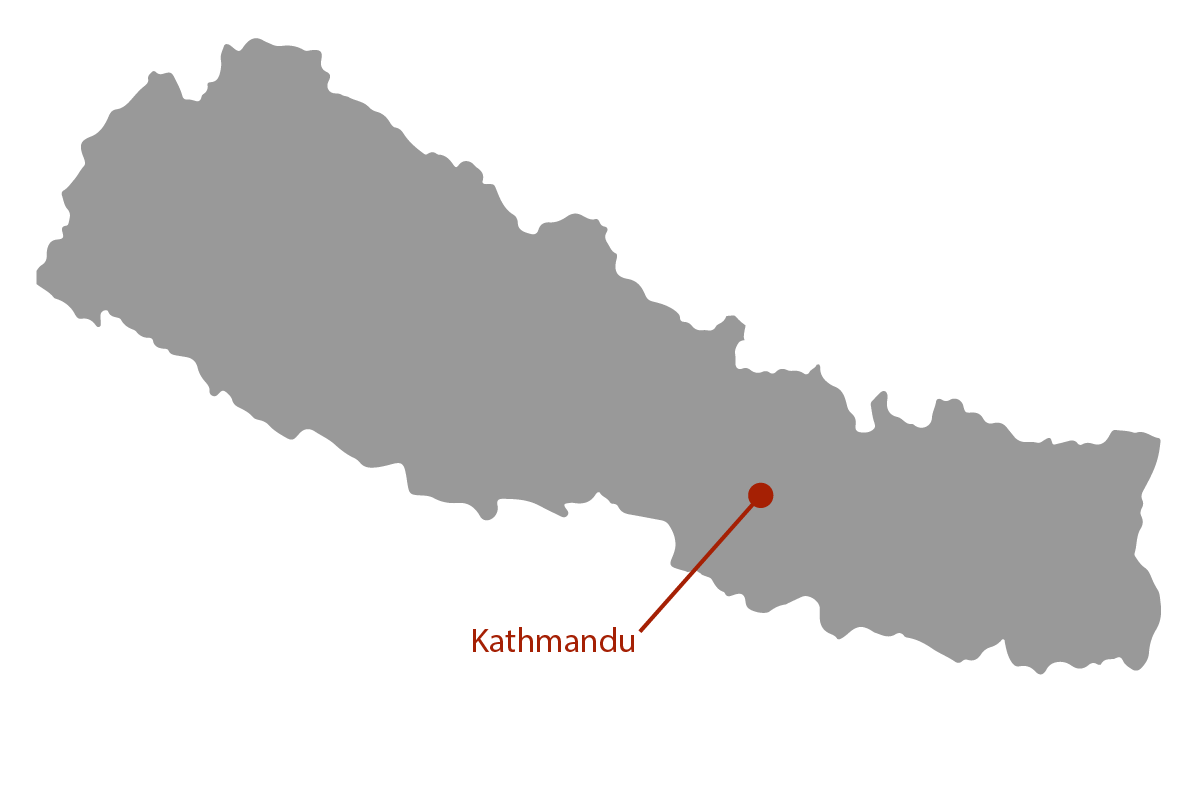Home to the roof of the world, the birthplace of the Buddha, some of the most rugged terrain on the planet, and with a rich cultural and spiritual heritage, Nepal is one of those destinations everyone should have on their bucket list. While Nepal isn’t the right place if you are looking for a luxurious vacation, it does offer some of the best nature scenes on the planet and if you’re willing to hike a little bit, you will see places that are absolutely spectacular. Get your hiking boots ready, make sure you have adequate travel insurance for Nepal, and discover why ‘once is not enough’.
Kathmandu is Nepal's capital and the city has a history spanning some 2,000 years. Exploring this city is what Kathmandu is all about and there’s something to see everywhere. A nice place to go for a view over the city is Swayambhu, also known as Monkey Temple, which also happens to be one of the most scared Buddhist monuments in the country. Another important Buddhist monument is the famous Boudha Stupa, a most scared site for Tibetan Buddhism and also a UNESCO World Heritage Site. Kathmandu Durbar Square is probably the most popular of all tourist monuments in Nepal. This square has a history going back 1000 years, and the buildings around the square are a testament to its rich history. There are more than 10 temples as well as statues and many artworks all over this square, so take your time here!
Dubar Square also tends to be where most festivals happen, most notably Deepwali, known as the ‘Festival of Lights’, which takes place at the end of November, as well as the Himalayan Blues Festival in October. If you want to experience the mountains without walking, there are several smaller operators offering scenic flights around the Himalayas. Being a spiritual hub, there are also lots of yoga courses as well as meditation courses and retreats that attract many travellers from overseas.
Extending to the northwest of Kathmandu and the Kathmandu Valley region are the Himalayas. Words cannot come close to describing this majestic scenery. While everyone has seen it on television at one point or another, it is a completely different thing actually staring at this amazing mountain range in person. Contrary to what you may be thinking though, this region is not just for crazy mountaineers and madmen, there are some stunning hiking and trekking paths that are very accessible.
Annapurna in the west of Nepal is where the best hiking and trekking paths are located. There are quite a few routes you can walk, the most famous are probably the Annapurna Circuit and the Annapurna Sanctuary. These treks are quite demanding, so it’s important bring the right equipment. The Annapurna Circuit can take anywhere from 17 to 21 days, covering some of the most stunning scenery in Nepal.
Khumbu is the region where Mount Everest is located and is one of the most popular tourist destinations in Nepal. If you]re looking to challenge yourself, one of the most famous treks in this region is the Everest Base Camp Trek, which leads you all the way to the first base camp of Mount Everest. You can obviously leave out the base camp and just enjoy a nice trek for a day or two, as the whole trip takes 10 days and is not for the faint of heart. At the end, though, you’re in probably one of the most famous camps in the world, the Mount Everest Base Camp. Climbers from all over the world can be found here while they are acclimatizing to the altitude and it’s definitely a unique and interesting place to spend a day or two. Should you notice any health problems though, return immediately to lower altitudes, irrespective of your age, health and general fitness level. Altitude sickness is serious! Also make sure you have organized your travel insurance for Nepal before going on this trek, and check if medical coverage is included.
While the Nepalese are very friendly, the political situation can be problematic at times too, so it’s best to stay away from any demonstrations. Make sure to register with your local embassy on arrival too and tell them your plans. Nepal is quite a safe place for travelers, and you’ll be sure to enjoy yourself.
 †
†



